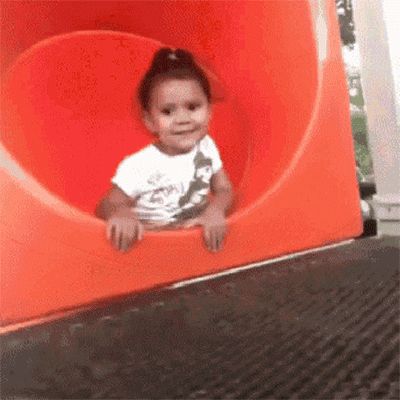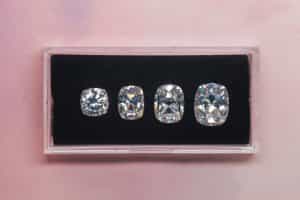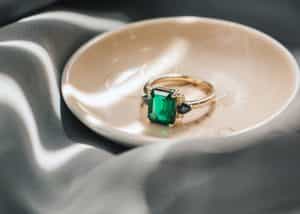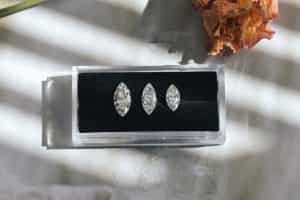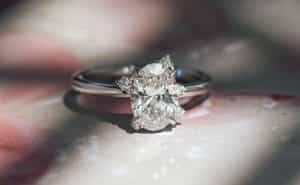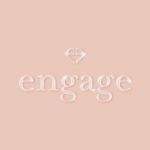
written by Jessica
Why the Diamond Clarity Grade Doesn’t Matter
Bonjour.
By now if you are diving into clarity, you are most likely familiar with the 4C’s. If not, check out How to Hack the 4 C’s to get caught up.
Don’t worry. I’ll wait.
Caught up? Awesome. Let’s dive straight into Clarity and give you the need to know to really hack the 4 C’s Concept.
WHAT IS CLARITY?
clar·i·ty
/ˈklerədē/
noun
The quality of transparency or purity.
What it means in a diamond:
How clean or dirty a stone is.
So now that we (you) know what clarity is, here is the biggest cliff note to cleanse your palate before all the details —

Diamond grading is not scientific
All diamonds have flaws or imperfections that make them unique — just like you.
But marketing wise, imperfect diamonds seemed like a negative connotation. So the word “inclusion” was created as an illusion for the word “imperfections”.
There are words to be aware of when it comes to clarity and inclusions:
Included translates to I
Slightly Included translates to SI
Very Slightly Included translates to VS
Very Very Slightly Included translates to VVS
Let’s bring in the scale that is used to grade the diamond clarity (remember it isn’t scientific).

There are no two diamonds that can be exactly alike and the imperfections or lack thereof, can be identifying factors for the diamonds itself.
So just to recap what we have discovered so far — grading diamonds is not scientific. Think of it as an English paper versus a math test. Both are graded by people but diamond grading is more like an english paper. It is super subjective. You definitely want to hold the grading loosely.

NOW FOR THE VISUALS
Let’s examine different diamonds’ clarity under a microscope. (all the diamonds shown below are a G in color and triple excellent cut, but vary in clarity)

Diamond #1
This diamond has many imperfections where some look like crushed ice or scratches. Also notice the obvious black imperfection.
Intel: those are not actually scratches, it is inside the diamond crystal — it appears like it’s on the surface (we could say this is around an I2 on the scale).
Diamond #2
Clearer than diamond 1 but still has an inclusion. This inclusion looks like squiggly mark in the middle but muchhh more transparent than diamond one (we might put this as a SI2 on the scale).


Diamond #3
Very clean diamond under the microscope. The imperfections you notice are tiny like dust under a microscope and it very well might just be dust (mostly looks like a VS1 on the scale).
Switch gears.
Take a look at these three stones below.
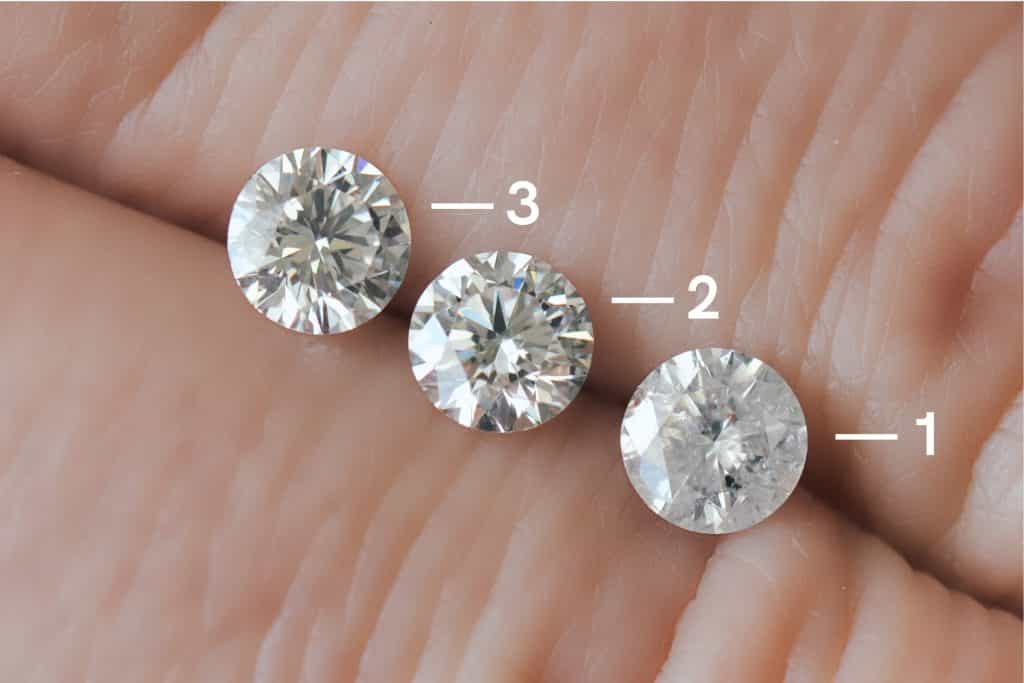
Diamond #1 looks completely different from the two stones above it. In the diamond #1 it appears more white in color, but it is not a reflection of color. It is so saturated in inclusions that it comes across opaque instead of transparent.
Like a smashed window, not much light is able to get through — the imperfections are big enough where they are blocking the light. These stones are also all the same in color (G color) and cut (triple excellent cut) but the right one looks different because it is not shining.
In the Diamond #1 you’re able to see the color itself but in the second or third one you do not actually see the color of the stone, you are seeing a reflection of the environment.
Example imperfections / inclusions

Black inclusion
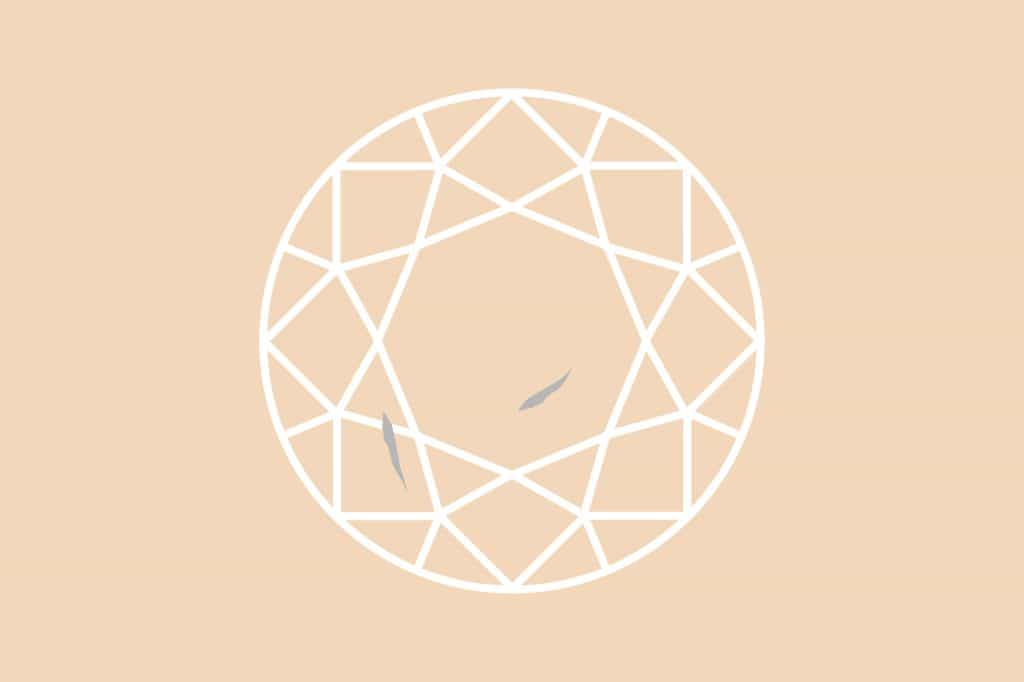
Feather/ wisp: completely blend in

Chameleon: you see the inclusion from one angle, but turn the diamond slightly and it completely disappears
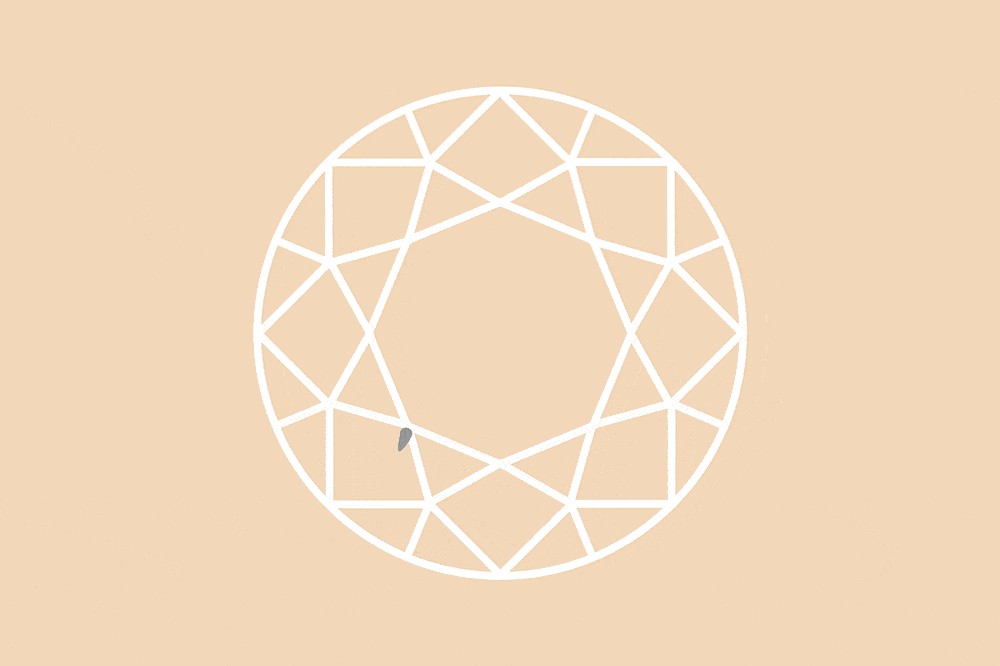
Mushrooming effect: it’s one inclusion, but due to the facet it is sitting on it can look like eight inclusions
Some types of imperfections are easier to see than others.
Some inclusions are less favorable than others. We always look for the most favorable inclusions.
So what's the Hack here?
#1
If your diamond is already in the setting, it is hard to see exactly what you are getting. Buy your diamonds loose.
#2
#3
The diamond grading is not scientific. Hold the grading loosely. Compare diamonds side-by-side to see the differences yourself.
Talk soon.
